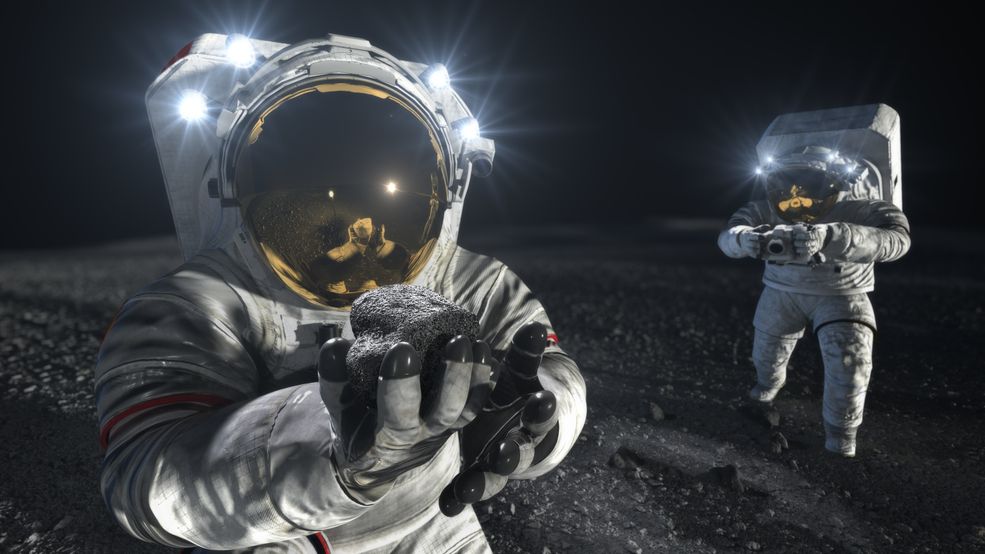NASA has put out the call to double its options for new spacesuits on the International Space Station and for future Artemis astronauts to use while walking on the moon.
The U.S. space agency issued a new $10 million task order on July 10 for new suit options from Axiom Aerospace and Collins Aerospace, building upon already existing contracts with the companies to provide suit designs for extravehicular activities (EVAs, or spacewalks). NASA initially picked Axiom to build a moon spacesuit for Artemis astronauts while Collins has been working on a new suit for spacewalking astronauts working in weightlessness outside the International Space Station (ISS).
Related: The evolution of the spacesuit in pictures
Axiom will now redesign its moon suit so it can also be used for ISS operations as well, while Collins will work to assess and modify its suit design to make it capable of lunar surface operations. Each company will receive $5 million for the work, NASA officials said.
“Our next-generation spacesuit design is nearly 90% compatible with a lunar mission,” Dave Romero, Collins Aerospace’s director for EVA & Human Surface Mobility Systems, said in a statement following the NASA announcement. “This formal contract award will support continued efforts to modify our next-generation spacesuit, making it suitable to tasks on the Moon.”
The new task orders should also help spur new suit innovations through competition between the two companies, while also providing a backup plan for NASA in case one of the suit designs runs into issues.
“These task orders position NASA for success should additional capabilities become necessary or advantageous to NASA’s missions as the agency paves the way for deep space exploration and commercialization of low Earth orbit,” Lara Kearney, manager of the Extravehicular Activity and Human Surface Mobility Program at NASA’s Johnson Space Center in Houston, said in a NASA statement. “Using this competitive approach we will enhance redundancy, expand future capabilities, and further invest in the space economy.”
The two companies will now begin modifying their respective suit designs to adapt them to operate in the two vastly different environments of low Earth orbit and the lunar surface. Once these initial redesigns are put down on paper, NASA will review and assess the two designs and determine whether one or both will be given the go ahead for further development.
“Imagining astronauts performing EVAs outside the ISS wearing Axiom Space spacesuits, borne from the original NASA design, would honor everyone who ever worked on the NASA suits of the past and those who are working on the NASA spacesuits of the future,” Russell Ralston, Axiom Space EVA Deputy Program Manager, said in a company statement on July 10.
Once a company’s suit design is accepted by NASA, the company will then be tasked with developing an operational suit, including extensive safety testing and an eventual test flight demonstration in low Earth orbit and on the lunar surface. The space suit ultimately chosen by NASA will remain in use through 2034, and NASA expects to issue follow-up task orders for suit modifications as needed to ensure the safety and effectiveness of the new suits.

